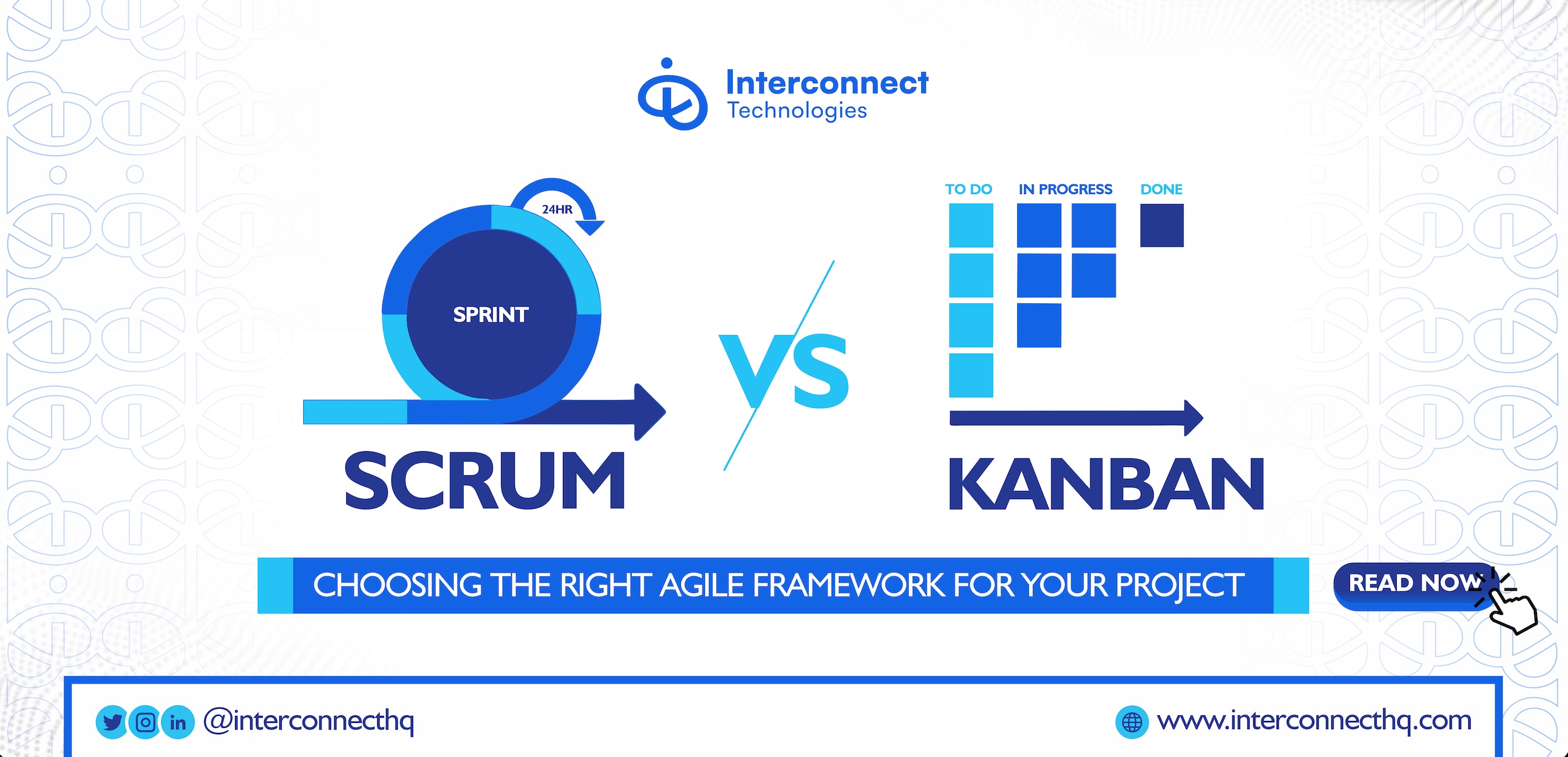
Looking to streamline your project management process? Agile methodologies like Scrum and Kanban can work wonders for your team's productivity. But how do you know which one to choose? In this blog post, we'll break down the differences between Scrum and Kanban, making it easy for you to decide which framework is the perfect fit for your project.
Scrum: Empowering Collaboration and Adaptability
When a team works together like a well-oiled machine, adapting to changes effortlessly, that's the power of Scrum. With Scrum, your project is divided into short development cycles called sprints, usually lasting one to four weeks. Each sprint is an opportunity for your team to deliver valuable results.
In the Scrum framework, you have three key roles:
-
The Scrum Master
-
The product owner
-
The development team.
The Scrum Master ensures that everyone follows the Scrum process, the product owner represents the stakeholders and sets priorities, and the development team brings the project to life.
Transparency, communication, and embracing change are pillars of Scrum. Team members work closely, inspecting and adapting their progress regularly. This fosters a culture of improvement and collaboration, resulting in higher productivity, faster delivery, lower costs, and top-notch quality.
Kanban: Visualize, Optimize, and Flow
Imagine a project management method that emphasizes visualizing tasks and optimizing workflow. That's where Kanban shines. With Kanban, you create a visual board—either physical or digital—where you divide your project into columns representing different stages. Each task is represented by a card that moves through the columns as it progresses.
The beauty of Kanban lies in its simplicity and flexibility. It enables you to track tasks, reduce inefficiencies, and improve visibility. By visualizing work, you gain clarity on what needs to be done and where tasks might be piling up. This allows you to allocate resources effectively, ensuring a smooth flow and faster delivery.
Kanban borrows principles from Agile and Lean methodologies, making it adaptable to various processes. It can even be combined with Scrum in a hybrid approach known as Scrumban, providing the best of both worlds.
Choosing the Right Framework: Scrum or Kanban?
Now comes the tough decision: Scrum or Kanban? Well, here's the good news—you don't always have to choose one over the other. In fact, using both methodologies together can maximize the benefits you get from each.
When should you use Kanban? Kanban is ideal if you want to improve visibility, foster continuous improvement, and increase productivity. It seamlessly integrates with your existing processes, making it a great starting point for introducing Agile practices.
On the other hand, Scrum is perfect for complex projects that require adaptability and frequent changes. If your industry is constantly evolving or if your project demands room for feedback and adjustments, Scrum can be your go-to framework.
But why limit yourself to just one? If your team is open to experimentation, consider Scrumban—a hybrid approach that combines Scrum's structured workflow with Kanban's visualization tools. Scrumban allows you to tailor your process to meet your specific project needs.
Conclusion:
In the world of Agile project management, Scrum and Kanban are two powerful frameworks that can revolutionize the way you work. Scrum empowers collaboration, adaptation, and efficient delivery, while Kanban excels in visualizing tasks, optimizing workflow, and reducing inefficiencies.
When choosing between Scrum and Kanban, consider the nature of your project and your team's preferences. And remember, you don't have to limit yourself to just one framework. Experimentation and finding the right blend of methodologies can lead to remarkable results.
At Interconnect, we understand the challenges startups and business owners face when it comes to effective project execution. Whether you're embracing Scrum, Kanban, or a combination of both, our expertise can ensure the smooth and successful implementation of your projects.
So, whether you're sprinting with Scrum or flowing with Kanban, Get in touch with us to learn how we can assist you.

